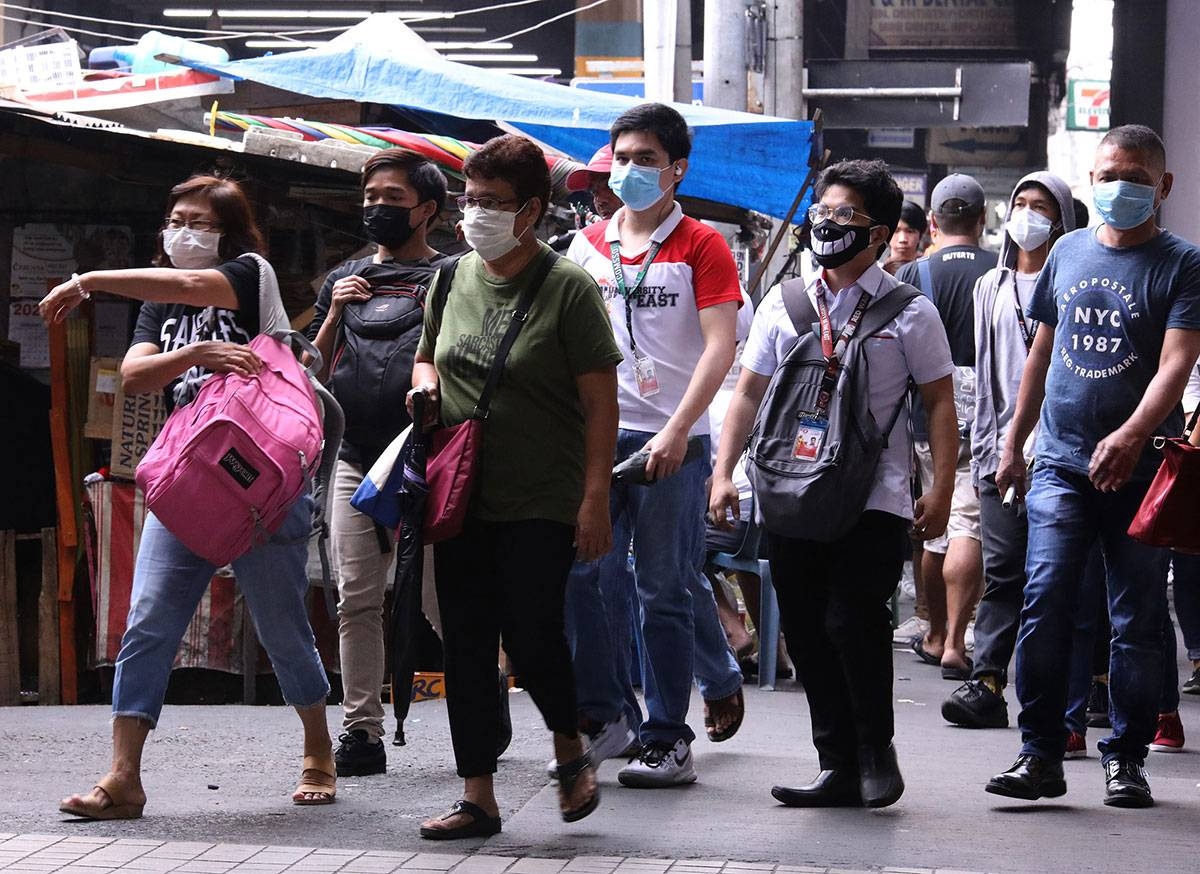(UPDATE) The Philippine Federation of Professional Associations (PFPA) is urging the public to wear face masks as the country experiences a spike in flu-like cases. According to the Department of Health, there have been 182,721 cases as of November 11, 2023, surpassing the 158,307 cases reported from January to October last year.
Dr. Benito Atienza, Vice President of PFPA, believes that the increase in cases could be attributed to the fact that many Filipinos have stopped wearing masks, even in crowded places. Additionally, sudden weather changes may also play a role in the surge of cases. To combat this, Dr. Atienza emphasizes the importance of getting flu shots, especially for the elderly.
“Just like during the Covid-19 pandemic, it is crucial for us to continue wearing face masks and practicing proper hygiene, such as frequent hand sanitizing,” says Dr. Atienza.
The World Health Organization defines influenza-like illness as an acute respiratory infection accompanied by a fever of 38 degrees Celsius or higher. Symptoms commonly associated with this illness include cough, congestion, body aches, headaches, fatigue, and sore throat. It can easily spread through sneezing and coughing.
During flu season, wearing face masks can significantly reduce the risk of transmission. Face masks act as a barrier, preventing respiratory droplets from being released into the air when an infected individual coughs, sneezes, or talks. By wearing a mask, you not only protect yourself but also those around you.
It is important to note that wearing a face mask is not a substitute for other preventive measures, such as getting vaccinated and practicing good hygiene. However, it is an additional layer of protection that can greatly contribute to reducing the spread of the flu.
While the use of face masks has become more prevalent during the Covid-19 pandemic, it is equally important to continue wearing them during flu season. The flu virus can cause severe illness and even death, especially among vulnerable populations, such as the elderly and those with underlying health conditions.
Flu vaccines are designed to protect against specific strains of the virus. However, the flu virus can mutate, leading to the emergence of new strains that may not be covered by the vaccine. In such cases, wearing a face mask becomes even more crucial in preventing the spread of these new strains.
Furthermore, wearing face masks can also help protect individuals from other respiratory infections, such as the common cold and respiratory syncytial virus (RSV). These infections can have similar symptoms to the flu and can be easily transmitted through respiratory droplets.
It is important to follow local guidelines and regulations regarding the use of face masks. Different countries may have varying recommendations based on their specific circumstances, such as the prevalence of flu cases and the local healthcare system capacity.
In conclusion, wearing face masks during flu season is a simple yet effective way to reduce the spread of the virus. It is crucial to continue practicing good hygiene, getting vaccinated, and following local health guidelines. By taking these precautions, we can protect ourselves and our communities from the flu and other respiratory illnesses.
Source: The Manila Times







